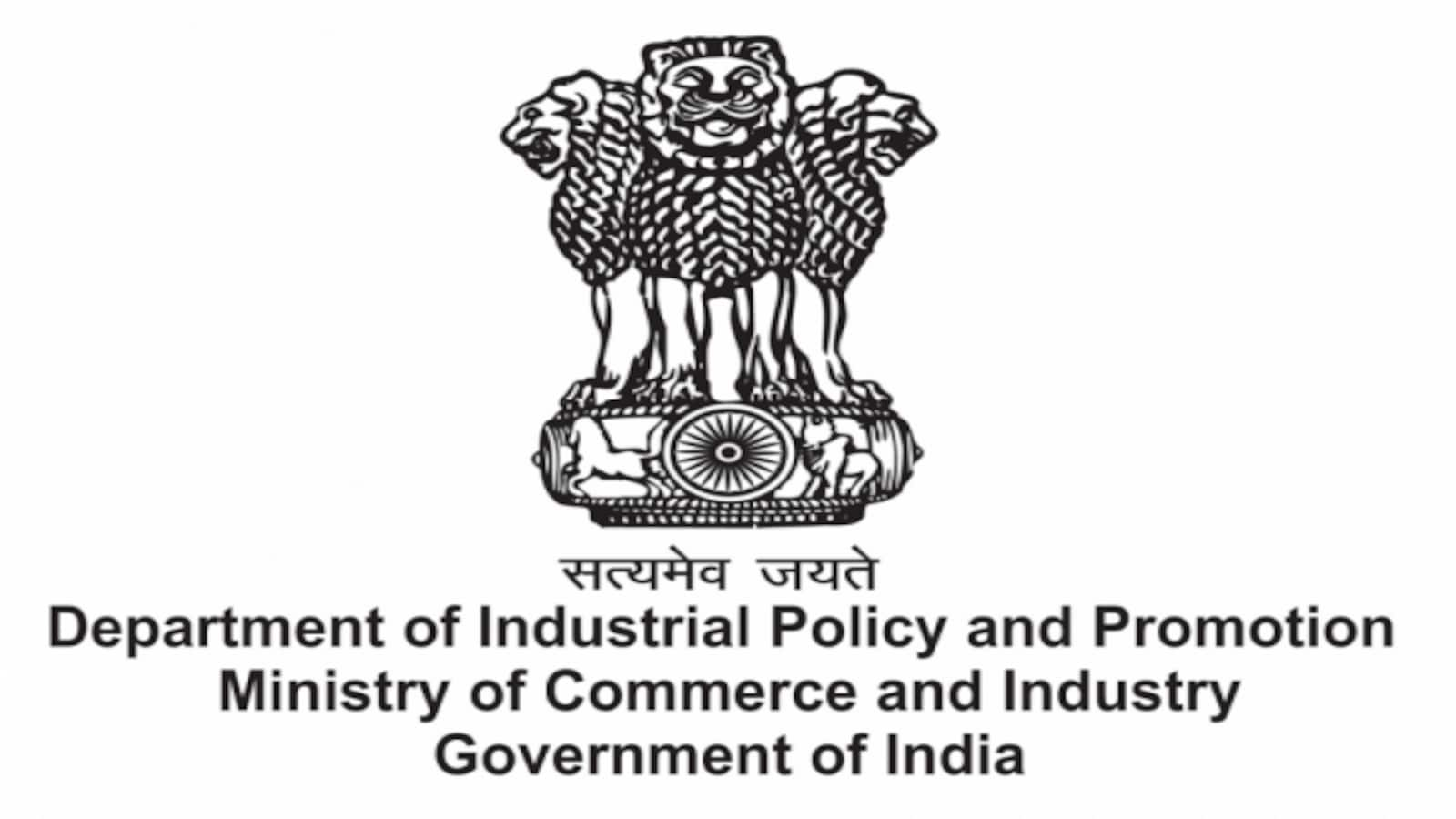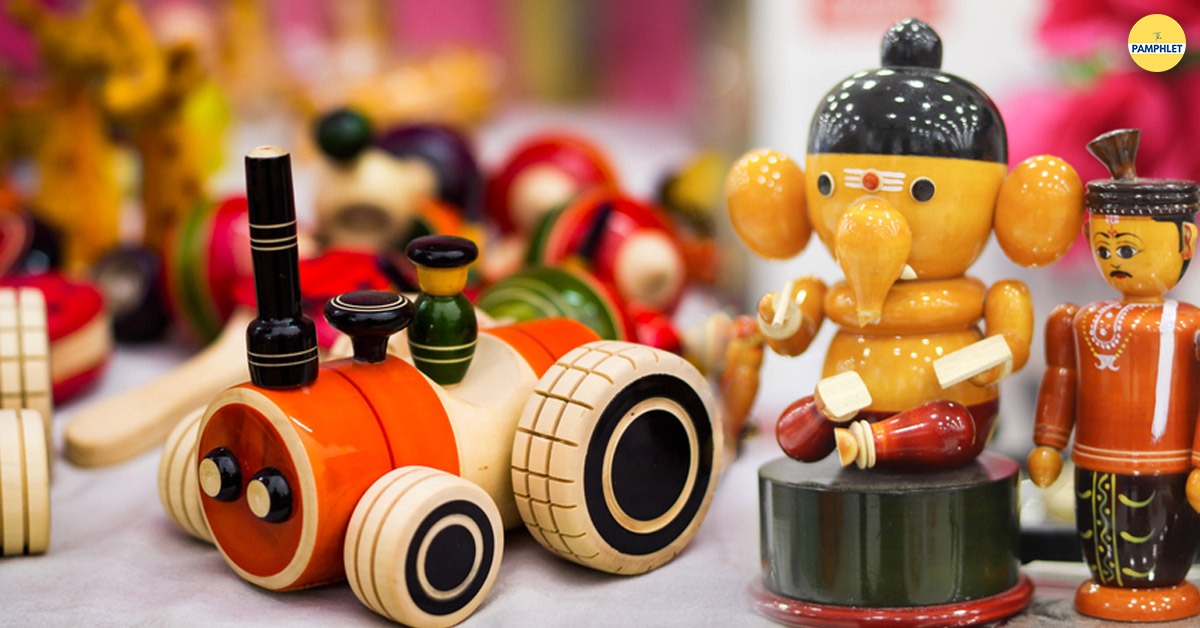DPIIT holds talks with the Indian toys industry, discusses growth opportunities and challenges

DPIIT holds talks with the Indian toys industry, discusses growth opportunities and challenges
The Indian government, in collaboration with the Department of Promotion of Industry and Internal Trade (DPIIT) and the Toys Association of India, organized a meeting to facilitate discussions among critical domestic and international players in the toy industry. The conference aimed to promote and explore opportunities in the Indian toy sector, focusing on enhancing the ease of business for Micro, Small, and Medium Enterprises (MSMEs).
By bringing together industry stakeholders, the government sought to create a platform for exchange and collaboration, allowing participants to share insights, experiences, and expertise. Such engagements help identify challenges faced by the toy industry and explore potential solutions to support its growth and development.
Improving the ease of doing business for MSMEs is a crucial objective for the Indian government. MSMEs play a significant role in the country’s economy, and creating an enabling environment for their operations can spur innovation, job creation, and economic growth. The meeting aimed to address barriers and streamline processes that can hinder MSMEs’ operations in the toy industry.
Through collaborative efforts with industry associations and relevant stakeholders, the government can gather valuable insights and feedback to shape policies, regulations, and initiatives that foster a conducive business environment. This can include measures such as simplifying regulatory procedures, enhancing access to finance and markets, and providing support for skill development and technology adoption.

The discussions held during the meeting are expected to lead to concrete actions and policy interventions that support the growth and competitiveness of the Indian toy sector. By nurturing the industry and addressing challenges, the government aims to attract investments, promote domestic manufacturing, and position India as a global hub for toy production and exports.
During the meeting, the DPIIT Secretary, Rajesh Kumar Singh, chaired the session and addressed the attendees, which included domestic toy manufacturers, retailers, government officials, and members of the Toy Association. Singh drew attention to the significant potential of the Indian toy industry, noting that India has a population of 350 million individuals below the age of 15.
Highlighting the large youth population in India, Singh emphasized the immense market opportunity for the toy industry in the country. This population segment represents a substantial consumer base and underscores the importance of focusing on the development and growth of the domestic toy sector.

Singh also emphasized the need for safe and high-quality toys in India. Ensuring the safety and quality standards of toys is crucial for protecting the well-being of children and building consumer trust. This emphasis aligns with the government’s objective of promoting the manufacturing and availability of safe and reliable toys in the country.
By highlighting the potential of the Indian market and underscoring the importance of safety and quality, Singh aimed to catalyze discussions and collaborations among industry stakeholders. The objective is to foster the growth of the domestic toy industry, attract investments, and promote the production of safe and high-quality toys that cater to the needs of the Indian market.
The presence of government officials and industry representatives in the meeting indicates a collective effort to address challenges, promote collaboration, and create an enabling environment for the growth and development of the toy industry in India. According to the government’s statement, the toy industry in India has witnessed significant change, with a 240% increase since 2014. This growth indicates a positive trajectory and expanding opportunities in the domestic toy sector. Additionally, during the same period, imports of toys have decreased by 52%, suggesting a shift towards domestic manufacturing and reduced reliance on imports.

The industry meeting provided a platform to discuss the progress achieved thus far and the challenges that have been overcome to drive growth in the toy sector. The participation of over 50 domestic manufacturers, including notable names such as Playgro, Sunlord, Micro-Plastics, Aequs, Funskool, and Dream-Plast, highlights the engagement of key industry players in these discussions.
Manu Gupta, Chairman of the Toys Association of India, shared that there are more than 9,600 registered MSME toy manufacturing units in India. This highlights the significant presence of Micro, Small, and Medium Enterprises (MSMEs) in the toy industry, which plays a crucial role in driving economic growth, employment generation, and innovation.
Additionally, Gupta mentioned the existence of eight Geographical Indication (GI) toy clusters in India. Geographical Indication certification recognizes specific products from a particular region, highlighting their unique characteristics and promoting local craftsmanship. The presence of these GI toy clusters underscores India’s rich cultural heritage and diversity in toy manufacturing.
The participation of domestic manufacturers, the growth statistics, and the presence of registered MSMEs and GI toy clusters collectively reflect the positive momentum in the Indian toy industry. These developments signify the potential for further growth, job creation, and the promotion of indigenous toy manufacturing in the country.
The industry meeting served as a platform for stakeholders to exchange ideas, address challenges, and explore opportunities for collaboration.
Such engagements are instrumental in shaping policies, fostering innovation, and driving the growth of the toy industry in India.Data from the Ministry of Commerce and Industry reveals that Indian toy exports had been experiencing consistent growth over the past decade until FY2021-22. However, in the last fiscal year, there was a decline of 13% in toy exports. While this decline may indicate a temporary setback, it’s essential to consider factors such as global market conditions, supply chain disruptions, and the impact of the COVID-19 pandemic.
Invest India, the Government of India’s investment promotion platform predicts a positive outlook for the Indian toy industry. They estimate that the industry is projected to grow to $3 billion by 2028, with a compound annual growth rate (CAGR) of 12% between 2022 and 2028. This forecast suggests that the Indian toy industry is expected to rebound and continue its growth trajectory in the coming years.
The growth prospects outlined by Invest India highlight the potential for increased investment, domestic production, and export opportunities in the Indian toy sector. The projected CAGR indicates a favourable growth rate that could be driven by rising disposable incomes, increasing consumer awareness about quality and safety standards, and government initiatives to support the toy industry.
As the global toy market evolves and consumer preferences change, India can leverage its skilled workforce, cultural diversity, and rich heritage to position itself as a significant player in the global toy industry.
While the decline in toy exports in the previous fiscal year may pose short-term challenges, the long-term growth projection suggests a positive outlook for the Indian toy industry. Continued focus on innovation, quality assurance, and market expansion can contribute to the industry’s growth and further establish India as a critical player in the global toy market.




